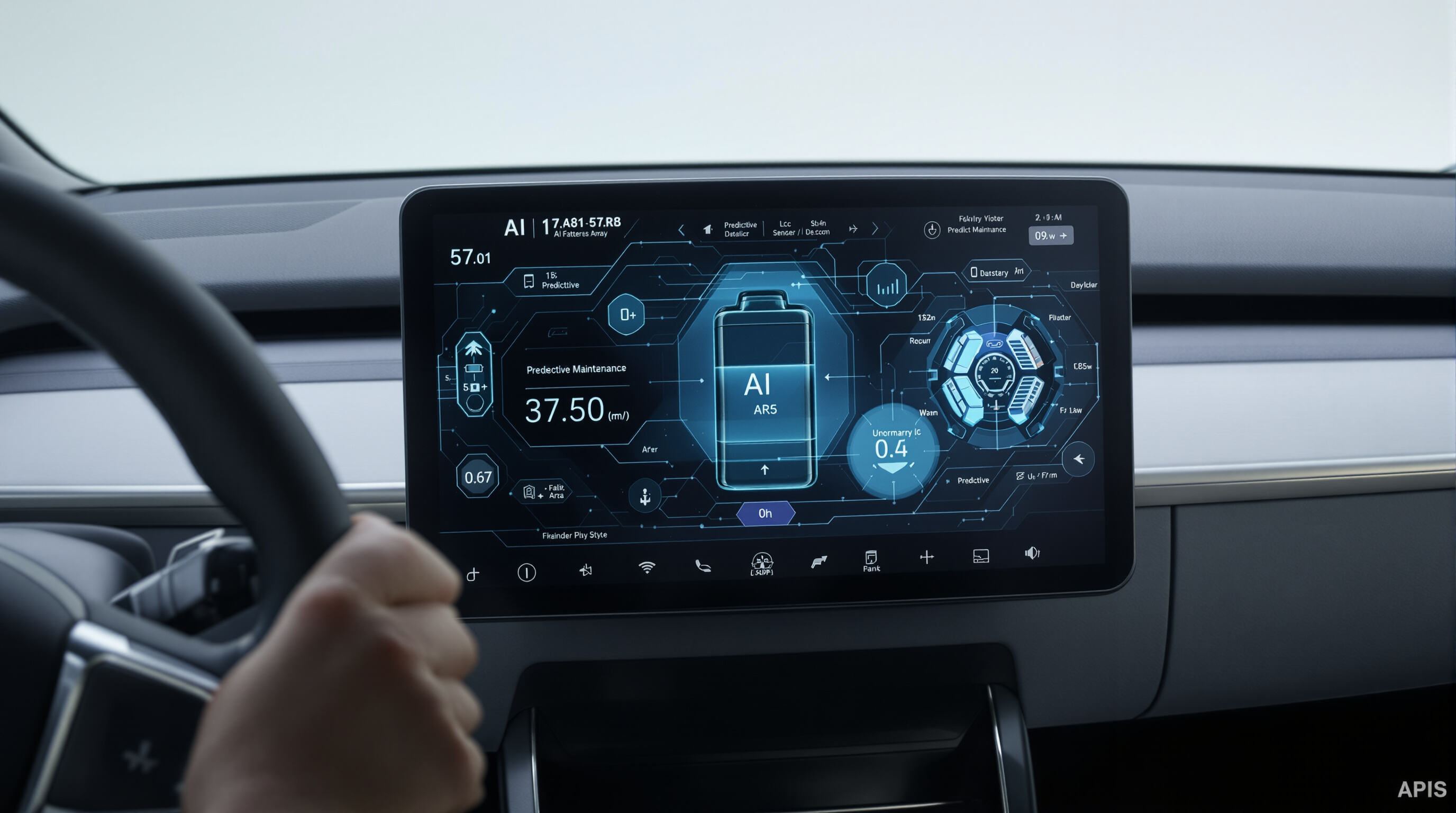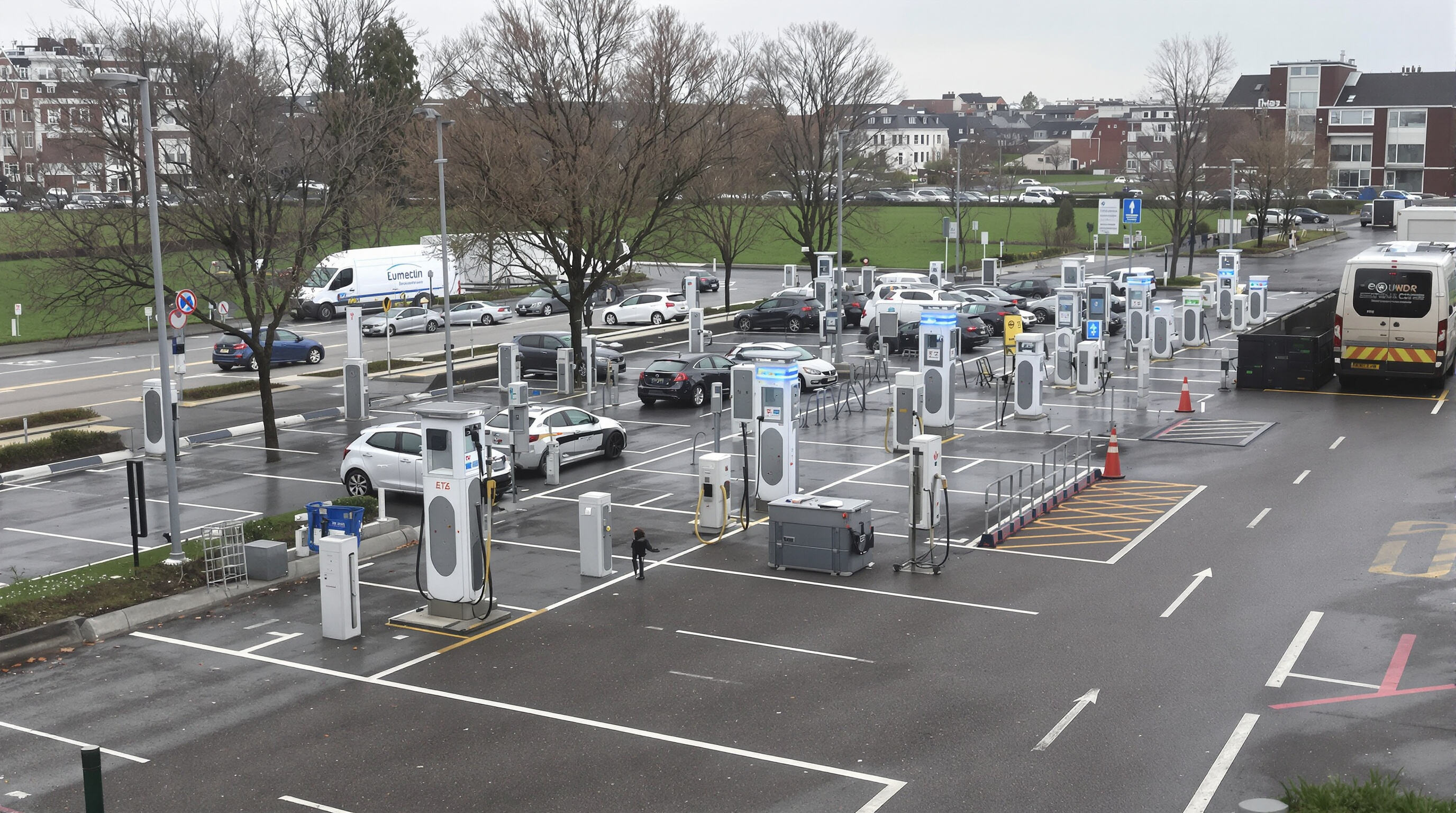Global Market Growth and Regional Adoption of New Energy Vehicles
Electric Vehicle Sales Growth and Market Share Trends (2018–2023)
The electric vehicle market has been growing like crazy lately. Back in 2019, only about 2.5% of new cars sold were EVs, but fast forward to 2023 and that number jumped to 14%. There are now well over 26 million electric vehicles driving around the world according to IEA stats from last year. Asia is really taking off with this trend, especially China where nearly 30% of all cars sold in 2024 were new energy vehicles. That's partly because Chinese manufacturers have ramped up production and government policies are pushing hard for cleaner transportation options. Europe isn't far behind at around 20%, but North America still trails at just 11%. Some places within the US though, like California, have managed to get EVs making up 25% of their car sales thanks to strict state regulations. Looking ahead, experts predict the market will keep growing at a rate of about 22.69% each year until 2034 as battery technology improves and more renewable power sources come online.
Regional Adoption Disparities: Asia, Europe, and North America
Asia has really taken off in electric vehicles because governments there set ambitious goals and built massive manufacturing capacity. Meanwhile across the pond, European countries are pushing forward with their green agendas, implementing strict regulations like the upcoming Euro 7 emissions rules. Things look different in North America though. The whole region struggles with patchy adoption since federal and state incentives don't always line up. Take the US for example the current tax credit program actually penalizes buyers whose cars have batteries made outside the country, which creates a real barrier for many consumers looking to switch. Some developing nations are finding success through financial support. India offers businesses around $1800 off the price of electric vehicles, but even with these discounts, most places still lack proper charging networks and road infrastructure needed to make widespread adoption feasible in the long run.
Key Drivers Behind the Expansion of New Energy Vehicles
Three core factors drive EV growth:
- Policy Mandates: China’s NEV production quotas and the EU’s 2035 combustion-engine ban
- Technological Leaps: Solid-state batteries enabling 500-mile ranges and 15-minute charging
- Consumer Demand: 67% of global buyers now prioritize sustainability over brand loyalty (PwC 2023)
Together, these forces position EVs as essential to meeting IPCC emission reduction goals, with regional strategies shaping competitive landscapes.
Government Policies and Incentives Shaping New Energy Vehicle Adoption
Impact of government policies on new energy vehicles in China and the EU
When it comes to electric vehicles, China and the European Union are definitely at the forefront thanks to their solid policy approaches. Beijing has set a goal where 40 percent of all cars sold should be electric by 2030, and they back this up with cash incentives for buyers that average around three thousand seven hundred dollars per car according to GlobeNewswire from last year. Meanwhile over in Europe, governments are combining carbon dioxide emission goals with tax breaks on purchases while also investing quite a bit - about one point four billion dollars total - into building those charging stations that stretch across borders. All these measures have really taken off, resulting in something like a doubling plus of EV registrations throughout key European markets since the start of 2020. Germany alone makes up nearly a third of all electric car sales in the region right now.
Regulatory and political influence on EV subsidies in the U.S.
The federal government's electric vehicle tax credits have been all over the place lately, bouncing from $7,500 down to nothing at all based on what each administration thinks is important. While this national uncertainty continues, many states have stepped in to help out. Thirteen different states currently give people cash back when they buy an EV, sometimes as much as $5k off the price tag. Another twenty two offer various tax incentives specifically for installing charging stations around town. What we end up with is pretty uneven coverage across the country. Take California for example where nearly one out of every five cars sold these days happens to be electric. Contrast that with places that produce lots of traditional energy resources where EVs barely crack 3% of total sales. The difference speaks volumes about how local policies can shape consumer behavior even when federal support wavers.
Subsidy phase-outs and the sustainability of new energy vehicle markets
As China reduces EV subsidy eligibility by 25% annually and Europe shifts incentives toward fleet operators, automakers face tightening margins. However, parallel investments in smart grid integration and battery recycling—$12.7 billion globally in 2024—suggest long-term growth can be sustained through infrastructure development rather than direct consumer subsidies.
Automaker Innovation and Strategic Shifts in the New Energy Vehicle Era
Leading Automaker Strategies: Vertical Integration and Technological Dominance
The big car companies are getting ahead by bringing more parts of their operations in-house, especially when it comes to batteries. Many now control somewhere around 60 to 80 percent of their own battery supply chains, which helps cut down expenses while speeding up new product development. With this control, they can work on creating those powerful, energy dense batteries plus develop better motor systems much quicker than before. According to market experts, electric vehicle sales worldwide could actually increase at about 37 percent year over year right up until 2030. Meanwhile, we're seeing manufacturers team up across different industries too. These partnerships aim to get everyone on the same page regarding charging standards and building vehicles using common platform designs so production becomes more efficient overall.
Legacy Automakers vs. EV Startups: The Battle for Market Relevance
Manufacturers who built their businesses around internal combustion engines now face serious pressure to update their old school production lines and supply chain operations. Startups keep coming out with fresh models roughly once a year or so thanks to their fast paced development cycles, while older car companies scramble to catch up with hybrids as vehicles and second hand electric car certification programs. The Europeans especially have hit pause on about 28 billion dollars worth of planned battery factory spending until at least 2026. Instead they're teaming up with tech firms through partnerships rather than going it alone in this expensive transition period.
Software-Defined Vehicles and Over-the-Air Update Capabilities
We're seeing a big change happening across the car industry as it moves away from just metal and parts toward software at its core. Take electric vehicles for instance they now run on something like 150 million lines of code. And what's really interesting is how manufacturers are using over-the-air updates to keep improving cars long after they leave the factory floor. Some top models get around 15 to 20 firmware updates each year, which means owners aren't stuck with whatever features came standard when they bought the vehicle. Going even further, many companies are rolling out AI systems that can tweak everything inside the car based on driver preferences. These smart technologies adjust things like seat positions, climate control settings, and even how responsive the car feels while driving all automatically and in real time.
High R&D Investment vs. Thin Profit Margins: The Industry Paradox
Car companies are spending around 12 to 18 percent of their total revenue on electric vehicle research and development even though most regular cars only generate profit margins between 3 and 5 percent. This kind of financial pressure is forcing major changes across the industry. Many manufacturers have stopped making basic electric vehicles altogether and instead focus on pricier models that bring in better profits. Some automakers are turning to innovative solutions like gigacasting technology which reduces production costs significantly. Others are setting up local battery recycling centers throughout different regions. These approaches might help sustain operations over time, although there's still plenty of uncertainty about how effective they'll actually be in practice.
AI and Technology Integration in New Energy Vehicles

How AI Improves Battery Efficiency and Enables Predictive Maintenance
Today's electric vehicles are getting smarter thanks to machine learning technology that helps batteries last longer. Some studies suggest these advanced systems can actually extend battery life by around 12 percent when compared to older methods, according to research published by the Electric Vehicle Research Consortium last year. The heart of this improvement lies in AI driven battery management systems, which look at information from over fifty different sensors inside the car. These systems spot potential problems with voltage changes and overheating issues before they become serious, cutting down on repair bills by nearly a third as reported in the 2023 Automotive Energy Report. When it comes to keeping things running smoothly, predictive software sends warnings to drivers about which battery cells need replacing soon, so there's less chance of unexpected breakdowns. Recent findings from materials scientists show that neural network technology makes charging more efficient too, because it learns from how people drive and adjusts based on local weather conditions as well.
Autonomous Driving Integration in New Energy Vehicles
Over 65% of 2024 EV models include SAE Level 2 autonomy, using LiDAR and camera systems that process 8TB of data daily. These AI-driven systems map surroundings with 15cm precision while consuming 40% less power than 2020 models.
Case Study: Evolution of Full Self-Driving Software
A leading EV manufacturer’s autonomous platform handles complex urban environments through continuous software updates. Its vision-based AI reduces hardware dependency, cutting production costs by $1,200 per vehicle while maintaining 99.98% object recognition accuracy.
Future Implications of AI-Powered EVs on Urban Mobility
By 2030, AI-driven EVs could reduce traffic congestion by 22% through vehicle-to-infrastructure communication. Integrated smart grids will enable bidirectional charging, allowing cars to power homes during peak demand—a feature projected to save users $580 annually.
Charging Infrastructure and Sustainability Challenges for New Energy Vehicles

Current State of Global Public Charging Networks
Urban areas host 78% of public chargers despite representing 62% of EV ownership, creating access gaps in suburban and rural regions (Nature 2025). The global charger-to-EV ratio declined to 1:14 in 2024, and reliability remains an issue—30% of fast chargers in Europe malfunction during peak hours.
Vehicle-to-Grid (V2G) Technology and Energy Ecosystem Integration
V2G systems enable bidirectional energy flow, allowing EVs to supply 10–20 kW back to the grid during peak stress. Trials in California and Germany show V2G-equipped fleets reduce peak demand by 15% while generating $450 in annual earnings per user. However, six competing protocols hinder widespread standardization.
Battery Production Environmental Impact and Recycling Innovations
Producing a 75 kWh battery emits 6–8 metric tons of CO₂—equivalent to 45,000 smartphone batteries. Second-life applications now repurpose 12% of retired EV batteries for stationary energy storage, such as solar farms. Hydrometallurgical recycling recovers 95% of lithium at 40% lower energy cost than traditional methods.
Carbon Footprint Comparison: New Energy Vehicles vs. Internal Combustion Engine Vehicles
Over a 200,000 km lifespan, battery electric vehicles (BEVs) emit 18–24 tons of CO₂ (including production and energy use), compared to 52 tons for internal combustion engine vehicles. This 57% reduction grows in grids powered by renewables—Norway’s hydro-powered EVs reach net-zero operational emissions within 18 months.
Frequently Asked Questions
Why is Asia leading in electric vehicle adoption?
Asia, particularly China, leads in EV adoption due to ambitious government goals, massive manufacturing capacity, and supportive policies encouraging cleaner transportation options.
What role do government policies play in EV market growth?
Government policies, including subsidies, tax incentives, and strict emission regulations, significantly drive EV market growth by encouraging both consumers and manufacturers to transition to electric vehicles.
How are automakers responding to the electrification trend?
Automakers are increasingly controlling more of their supply chains, focusing on battery technology, collaborating with tech firms, and investing in AI and software to stay competitive in the growing EV market.
What is the impact of AI on electric vehicles?
AI enhances battery efficiency, predicts maintenance needs, enables autonomous driving features, and supports vehicle-to-infrastructure communication, improving overall vehicle performance and energy consumption.
How do V2G systems contribute to sustainable energy ecosystems?
Vehicle-to-Grid (V2G) systems support bidirectional energy flow, enabling EVs to contribute energy back to the grid during peak demand, thus enhancing energy grid stability and offering additional income for users.
Table of Contents
- Global Market Growth and Regional Adoption of New Energy Vehicles
- Government Policies and Incentives Shaping New Energy Vehicle Adoption
- Automaker Innovation and Strategic Shifts in the New Energy Vehicle Era
- AI and Technology Integration in New Energy Vehicles
- Charging Infrastructure and Sustainability Challenges for New Energy Vehicles
- Frequently Asked Questions

